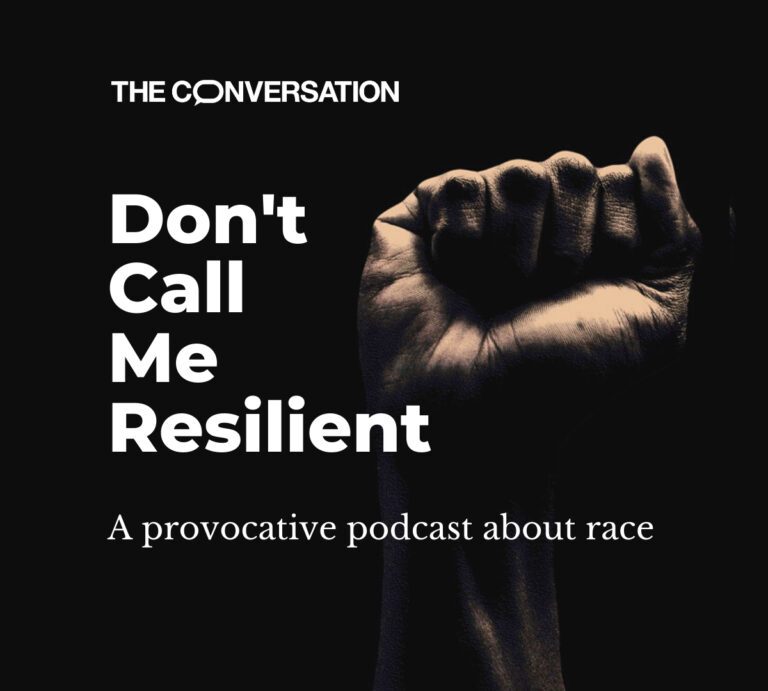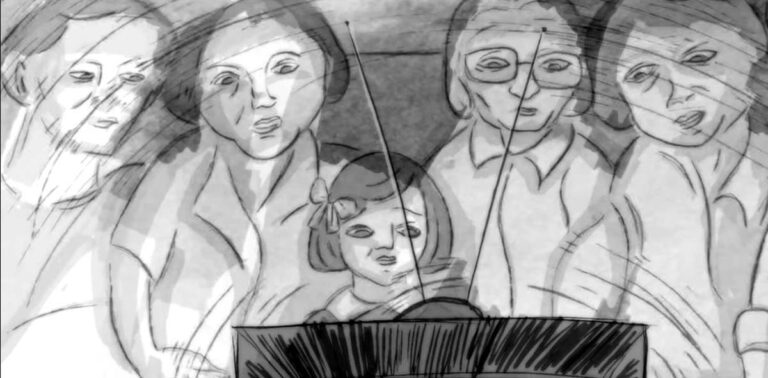
Category Justice, Equity & Society
Increasingly, democratic states and institutions are facing a combination of external and internal challenges. These challenges, impacts, and intersections are taken up by our faculty.

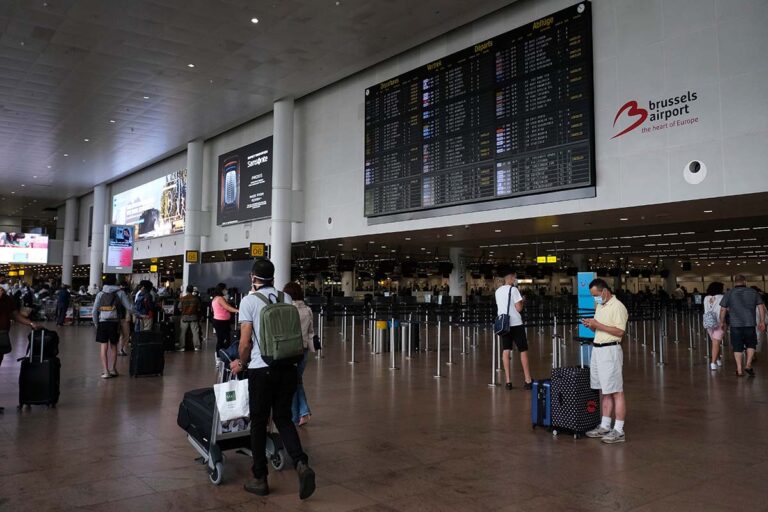
How Covid-19 upended our understanding of migration, citizenship and inequality

In times of racial injustice, university education should not be ‘neutral’
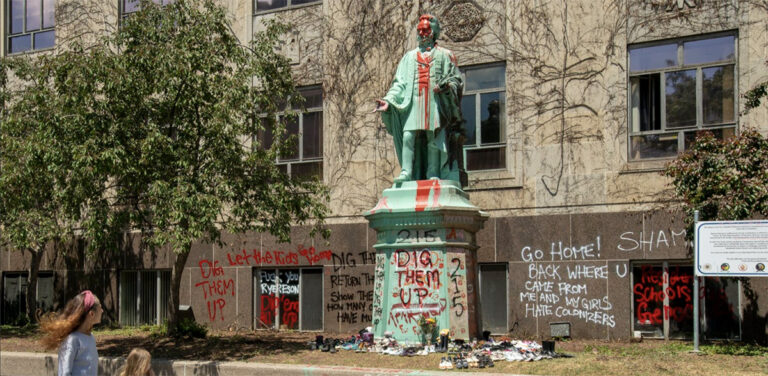
Ryerson’s reputational crisis: What to do about its namesake and his legacy
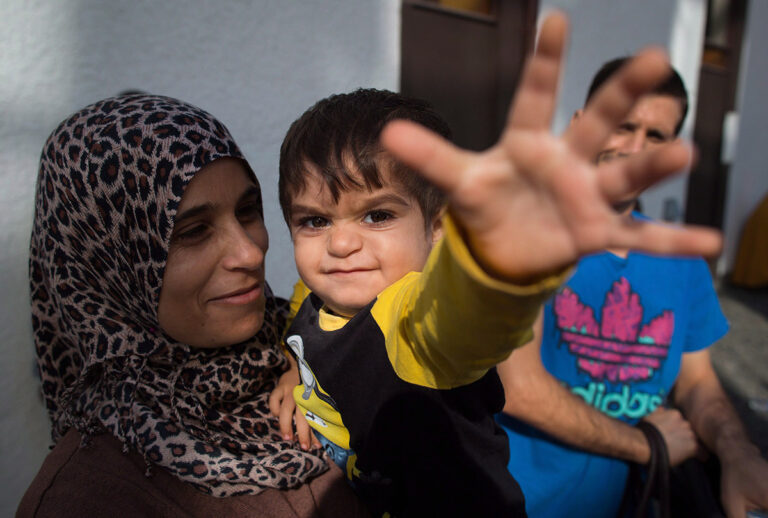
How a tool called Pairity is using data to gauge community support for refugees
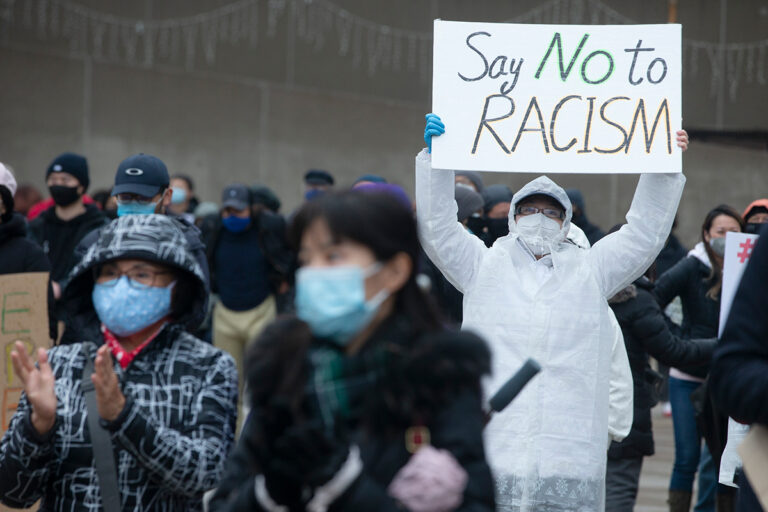
Why Alberta must rethink its ban on Canada-China university collaborations
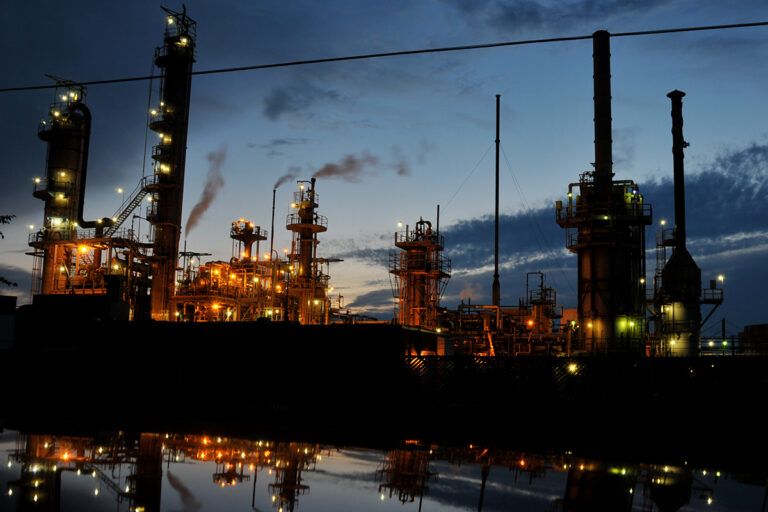
Bill C-230 marks an important first step in addressing environmental racism in Canada
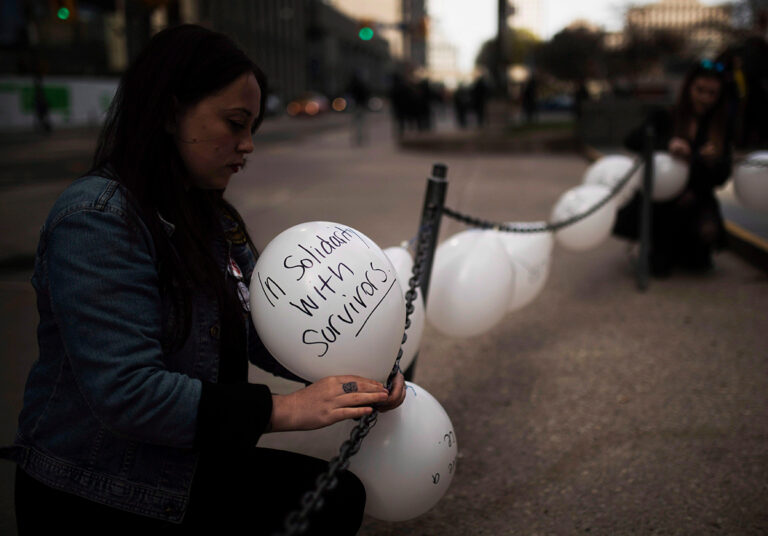
Canada must change the law that bans sexual assault survivors from revealing their own identities

Federal budget 2021: 7 actions to ensure Canada’s ‘child-care plan’ is about education
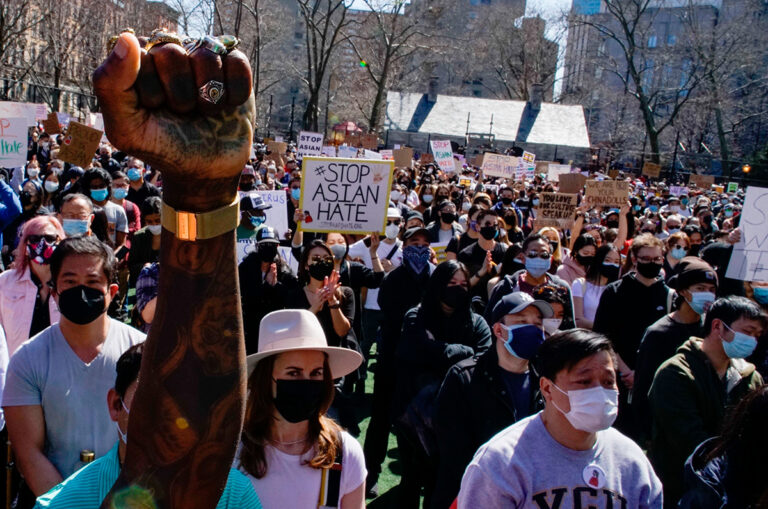
As Asian Canadian scholars, we must #StopAsianHate by fighting all forms of racism

‘Blockadia’ helped cancel the Keystone XL pipeline — and could change mainstream environmentalism
